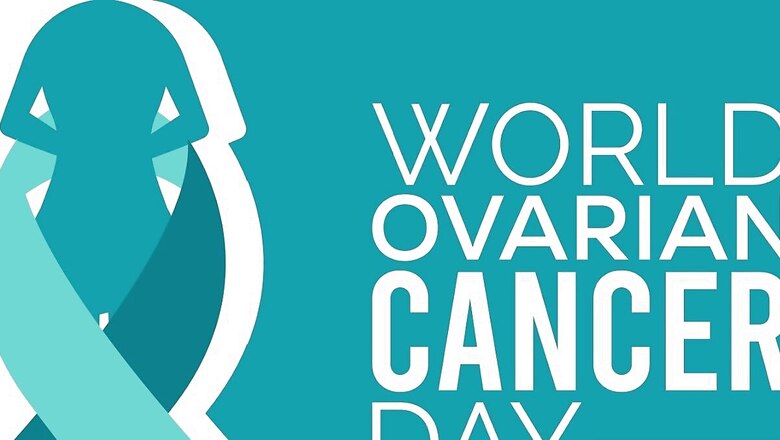
views
While all cancers carry the risk of recurrence, ovarian cancer stands out as particularly lethal, with a remarkably high recurrence rate of 70-80% within 2-3 years. This heightened recurrence is often attributed to late-stage diagnoses, where symptoms only manifest once the disease has progressed to stage 3 or 4, making treatment more challenging.
Age is not a barrier to ovarian cancer, as it can affect individuals across all age groups. Even younger women, as young as 30, can be afflicted by this disease, highlighting the need for vigilance and awareness regardless of age.
Ovarian cancer encompasses various subtypes, including Germ Cell Tumors and Epithelial Ovarian Tumors, which can affect different age demographics. While Germ Cell Tumors typically affect younger individuals, and Epithelial Ovarian Cancers are more common in those over 50, cases have been observed in individuals as young as their 30s, emphasizing the indiscriminate nature of the disease.
The typical symptoms of ovarian cancer are often nonspecific, including bloating, abdominal distention, gastritis, dyspepsia, urinary frequency, constipation, or diarrhea. These symptoms can easily be dismissed or overlooked, even by healthcare professionals who may attribute them to common conditions like gastritis and prescribe antiseptics. Therefore, it’s crucial to remain vigilant and seek medical attention if these symptoms persist over time and significantly disrupt your daily life, as they could indicate underlying ovarian cancer.
Ovarian cancer is usually sporadic, with only 5-10% of cases having a familial component. It’s essential not to assume that a lack of family history exempts you from the risk of developing ovarian cancer. Genetic testing can help people identify risk factors for developing ovarian cancer.
If a patient carries mutations in BRCA genes or Homologous recombination deficiency (HRD), it suggests a potential hereditary risk for family members. Testing other relatives, such as sisters or daughters, especially if they are under 45 years old, can allow for timely interventions. If these relatives test positive for the same mutations, prophylactic removal of the ovaries and fallopian tubes after completing their family planning can significantly reduce the risk of ovarian cancer in the future.
Regardless of familial predisposition, it’s vital to take symptoms seriously and seek medical evaluation promptly.
It’s important to remember that ovarian cancer can be treated at all stages. Treatment options are available for every stage of the disease, although early detection significantly improves survival rates.
If diagnosed in stages 1 or 2, the chances of survival are considerably higher, as these stages allow for more effective treatment through surgery and, if necessary, chemotherapy.
However, as the disease progresses to stages 3 or 4, the likelihood of survival decreases. Unfortunately, ovarian cancer lacks effective screening tests like CA-125, ultrasound, or CT scans for early detection. Therefore, understanding and recognizing your symptoms is crucial for prompt medical intervention.
By staying informed and seeking medical help when symptoms arise, you can increase the chances of early detection and timely treatment, potentially improving outcomes in the fight against ovarian cancer.




















Comments
0 comment